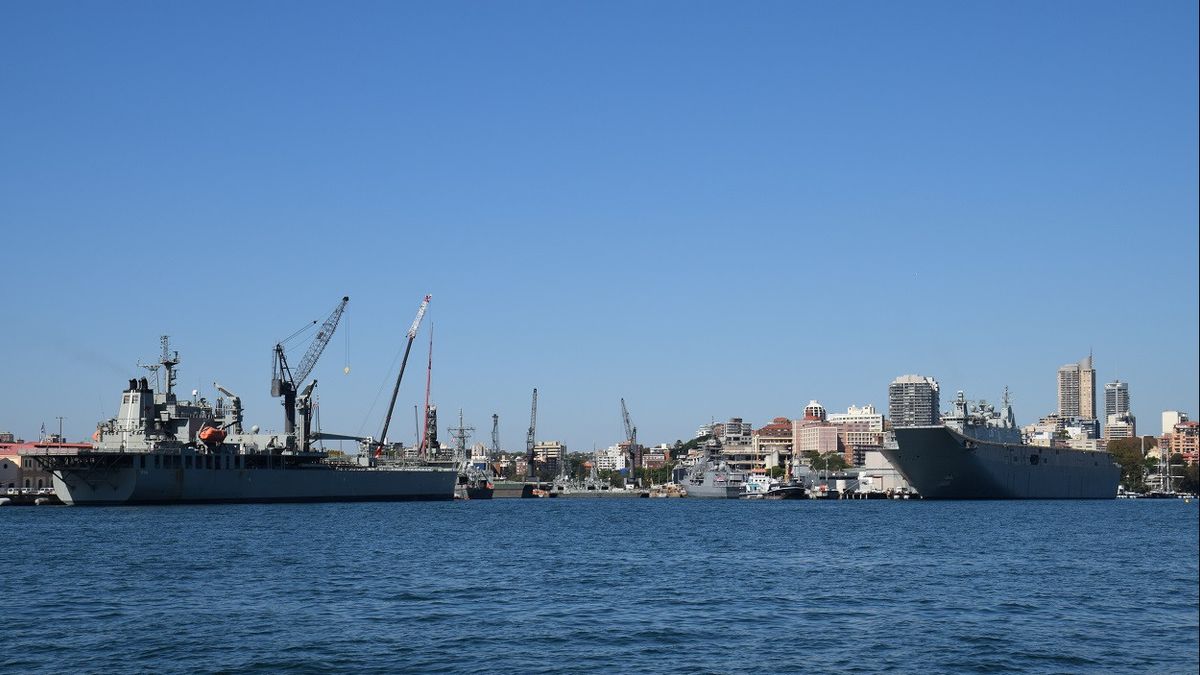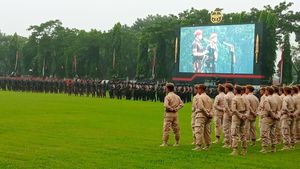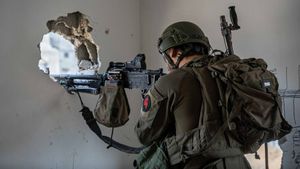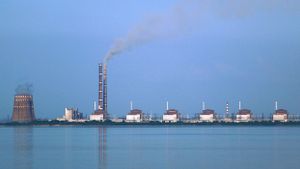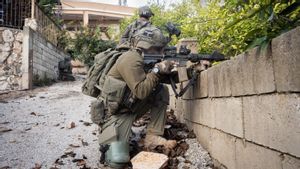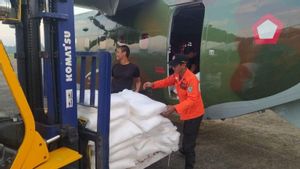JAKARTA - Australia in February announced the Navy's biggest development plan since World War II, allocating more than US$35 billion (Rp542,885,000,000,000) for defense projects over the next 10 years.
According to a government statement, the Australian Navy will add its main surface warship fleet to 26 vessels, after an independent review led by a retired US Navy chief found, "the current and planned surface combat armaments do not match the strategy environments facing."
"Australia yang kuat bergantung pada angkatan naval yang kuat, naval yang mampu melakukan diplomasi di kawasan kita, mencegah musuh potensi, dan membela kepentingan nasional kita ketika diperlukan," kata Wakil Kepala Angkatan Angkatan Laut Australia Laksamana Mark fiream dalam pernyataannya, dilansir dari CNN 5 Maret.
"The size, impact power and capabilities of future surface combat fleets ensure that our navy is equipped to face strategic challenges that continue to grow in our region," he continued.
Plans to strengthen the fleet include 20 destroyers and frigates, as well as six large Optional Surface Vessels (LOSVs), which can operate with sailors on board or independently as drones.
The surface ship will join Australia's planned nuclear-powered submarine fleet to build based on the AUKUS pact with the United States and Britain, the first three submarines are expected to be delivered early in the next decade.
The independent review noted that Australia has the oldest Navy armada ever operating in its history," according to a government statement.
Analysts say security conditions in the region, where Chian has built the world's largest navy, have forced Australia to act.
Collin Koh, a researcher at S. Rajaratnam School of International Studies in Singapore, said the increase in Australian fleet size "is very important if there is a need for capacity to meet the increasing needs of missions, especially projecting attendance across the Indo-Pacific."
Although China was not mentioned in the development plan, the review commission said future surface fleets would require the ability "to support essential activities, including patrolling the northern region, close-range escort and sea transport missions."
However. analysts point out a possible threat from China.
"This may indicate how concerned the government is and the defense is about our strategic situation," Jennifer Parker, assistant naval researcher at UNSW Canberra, said in an interview with the Australian Broadcasting Corporation (ABC).
"There are many who say, in the late 2020s period, we are entering a risk period in the Indo-Pacific and this is due to the increasing Chinese aggression in the South China Sea and Northeast Asia," he said.
It is known, after completion in the mid-2040s, the construction of the navy will produce three Hobart-class guided-missile destroyers currently owned by the country, which will gain improvements to its air defense systems and attacks; six new Hunter-class frigates with attack capable and anti-submarine warfare; 11 frigates for air defense task, attack and escort; as well as six new LOSVs, each of which has 32 Vertical Launch System (VLS) cells for missiles.
SEE ALSO:
Additional 25 small ships will be used for offshore patrols and maritime security tasks, the government said.
Analysts say when the ships start operating, they will need sailors to mand them, something that cannot be guaranteed.
"Even with the high-level automation found on this planned new ship, what about the crew? Will (the sealift) face the challenge of the workforce in manning this expanded fleet?" asked Koh.
The English, Chinese, Japanese, Arabic, and French versions are automatically generated by the AI. So there may still be inaccuracies in translating, please always see Indonesian as our main language. (system supported by DigitalSiber.id)
